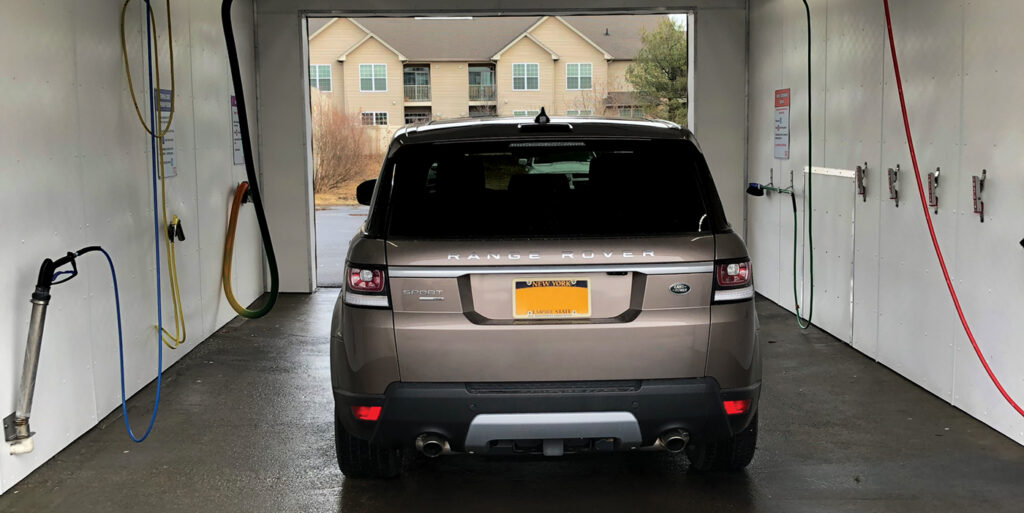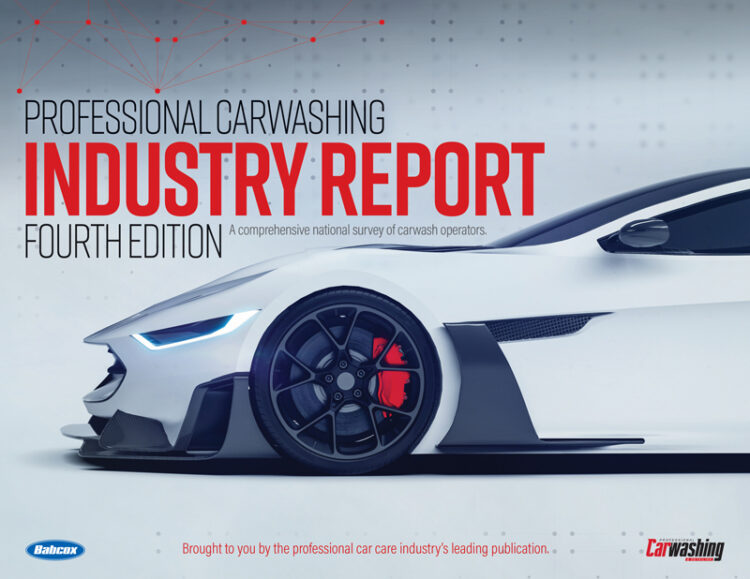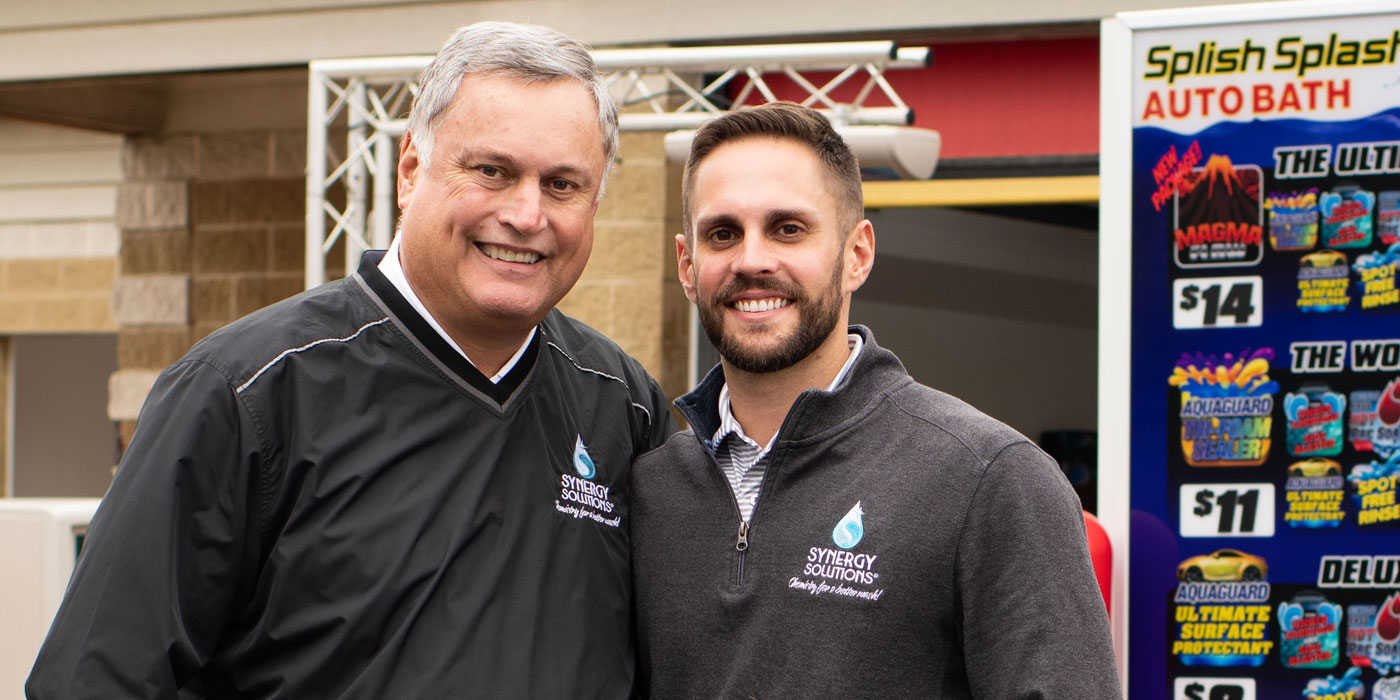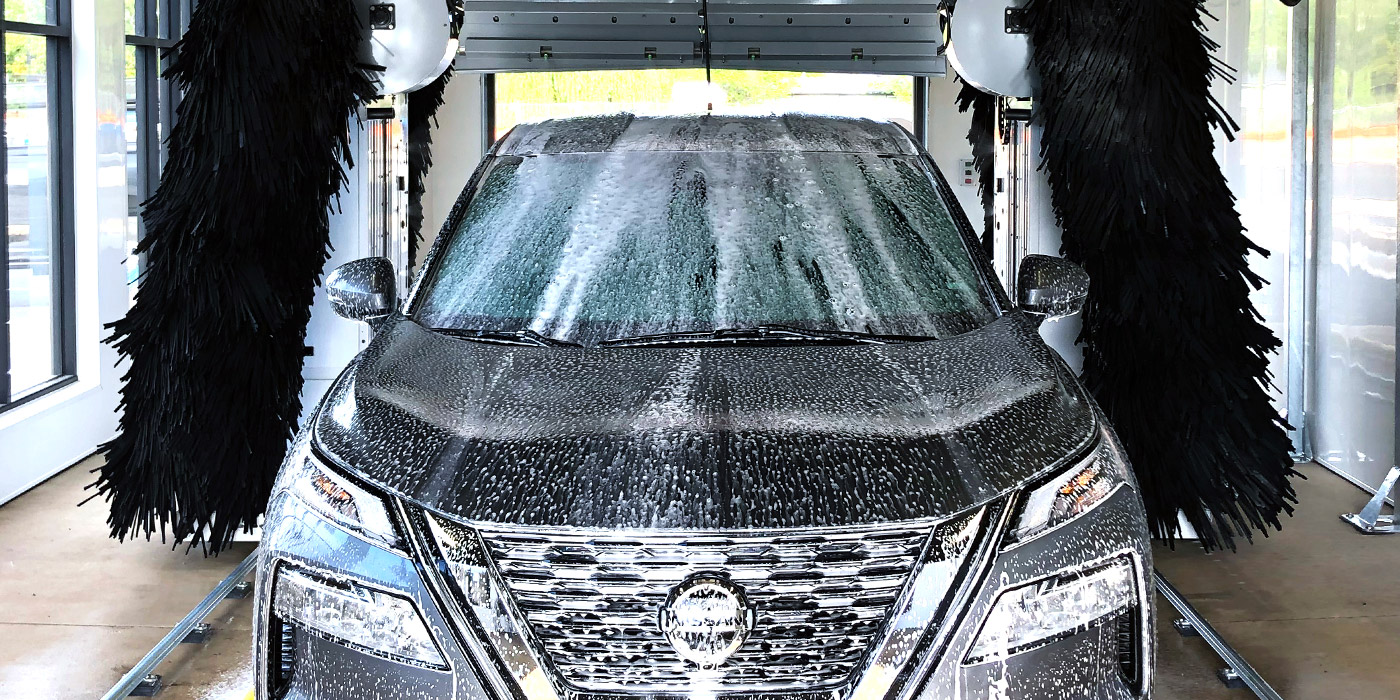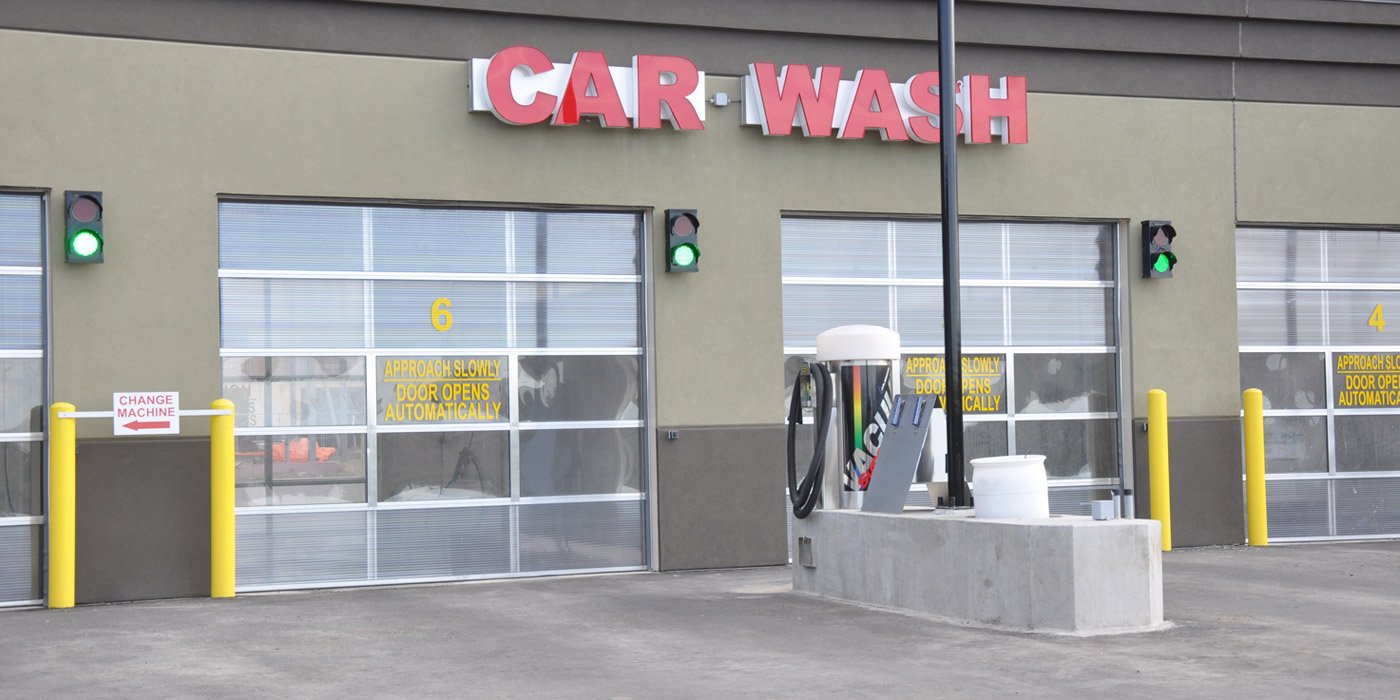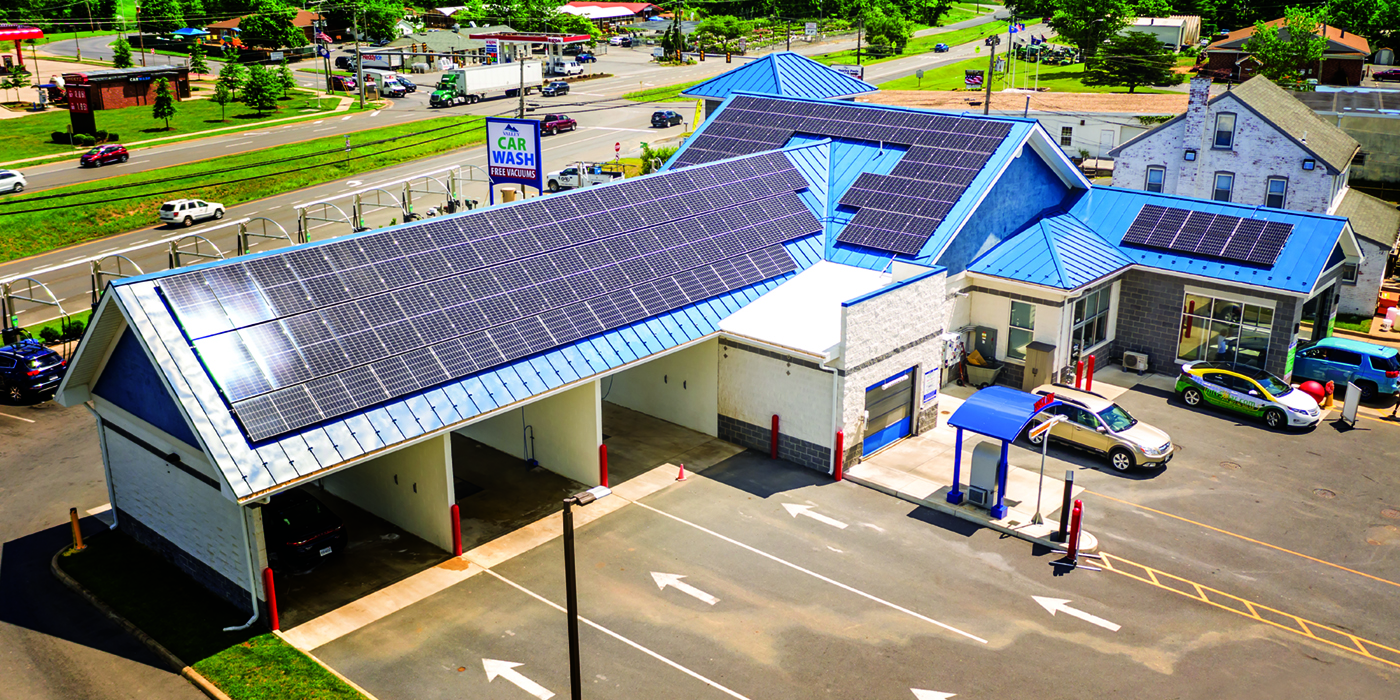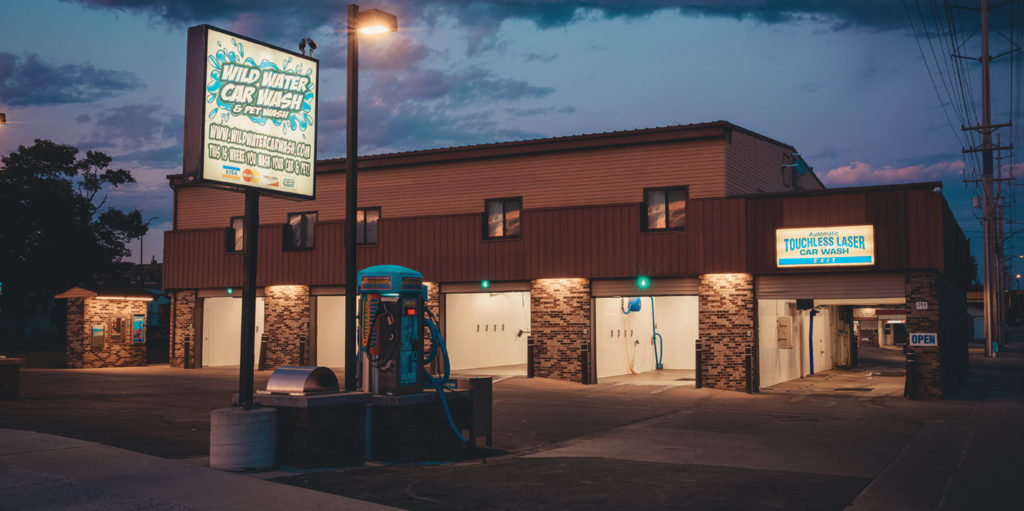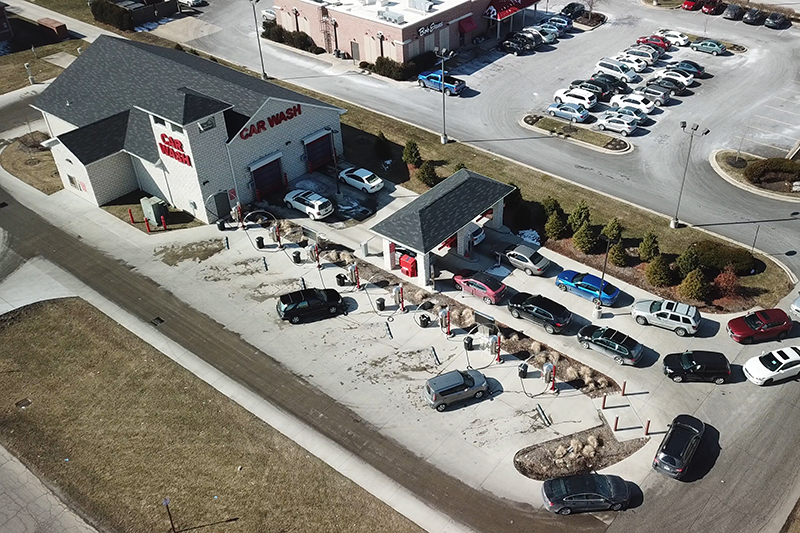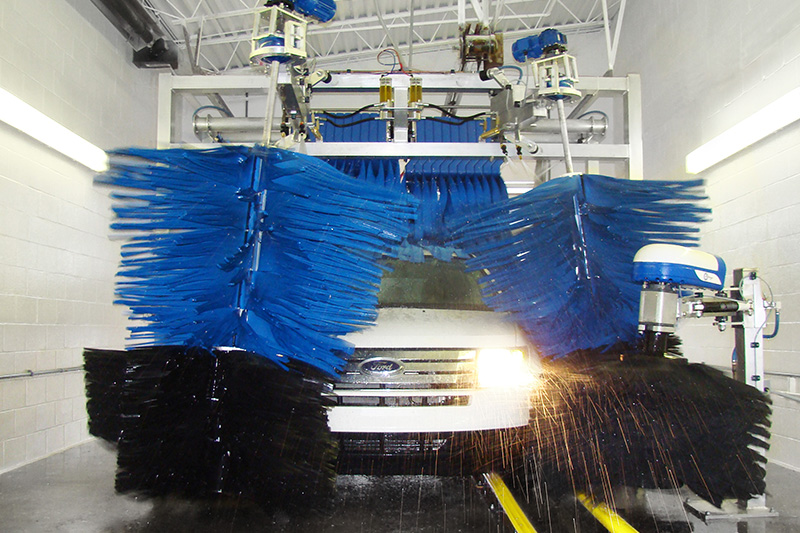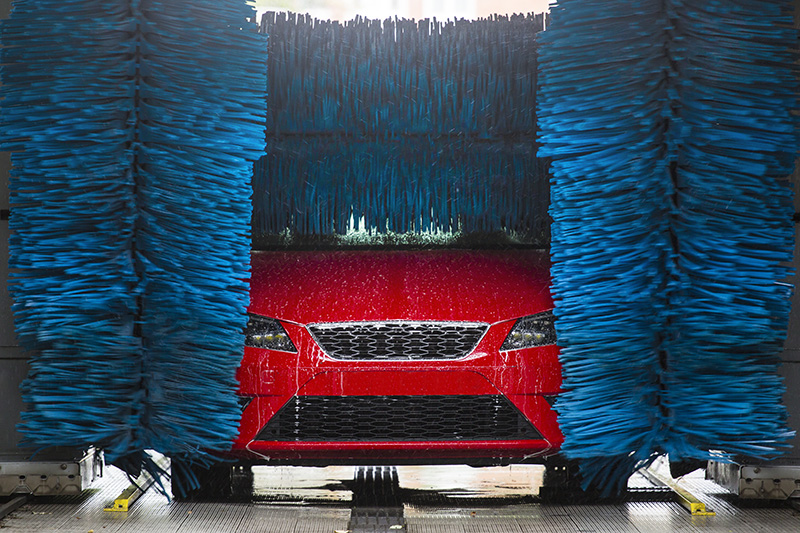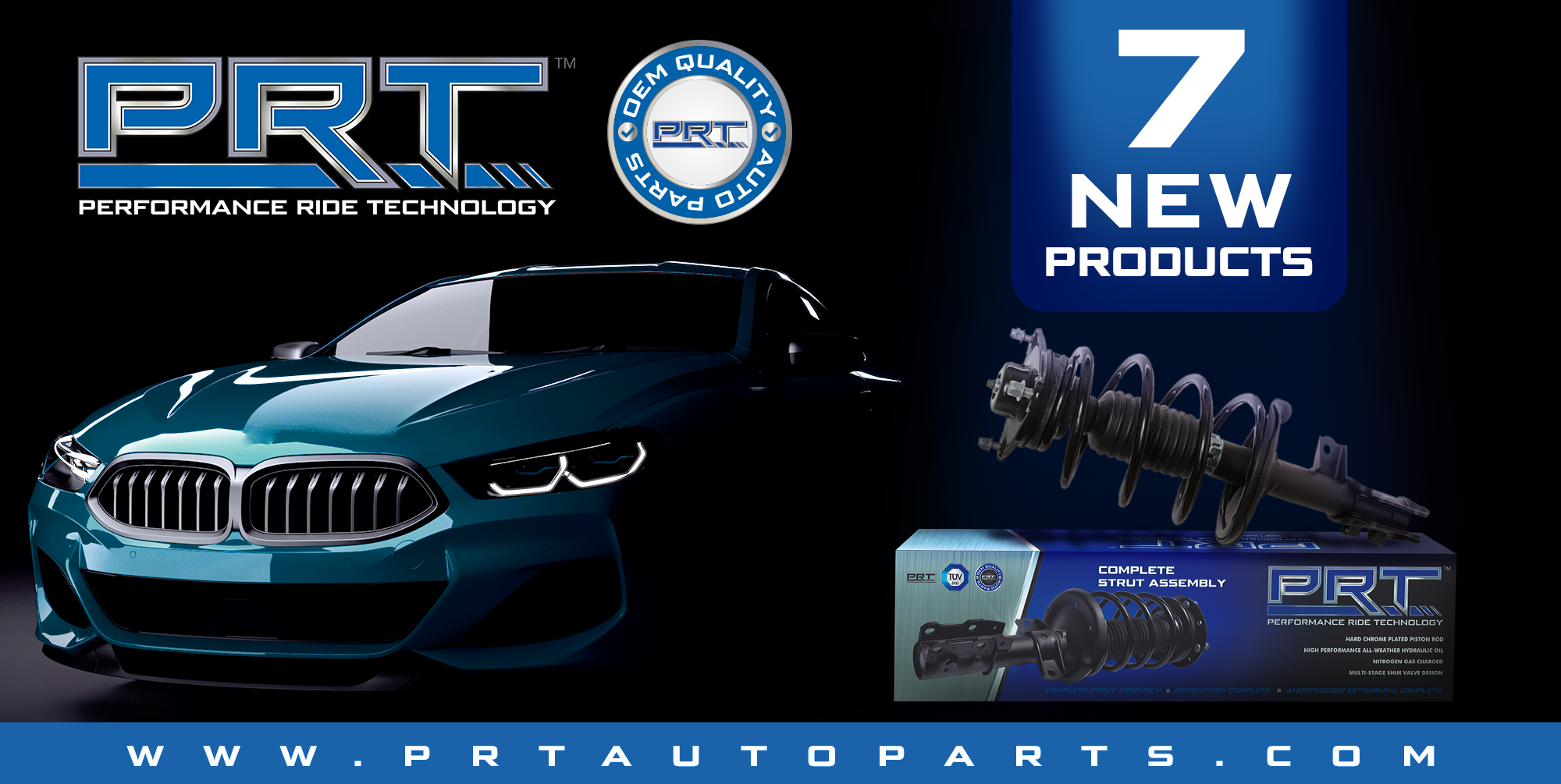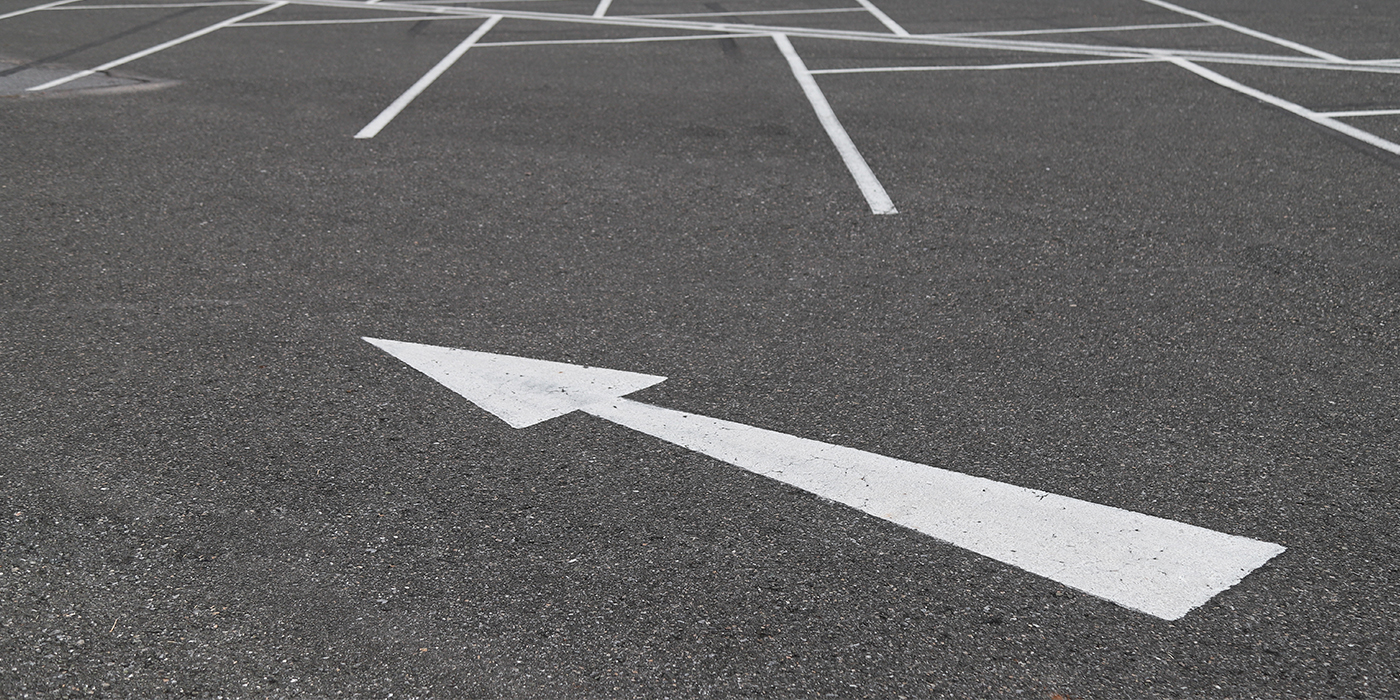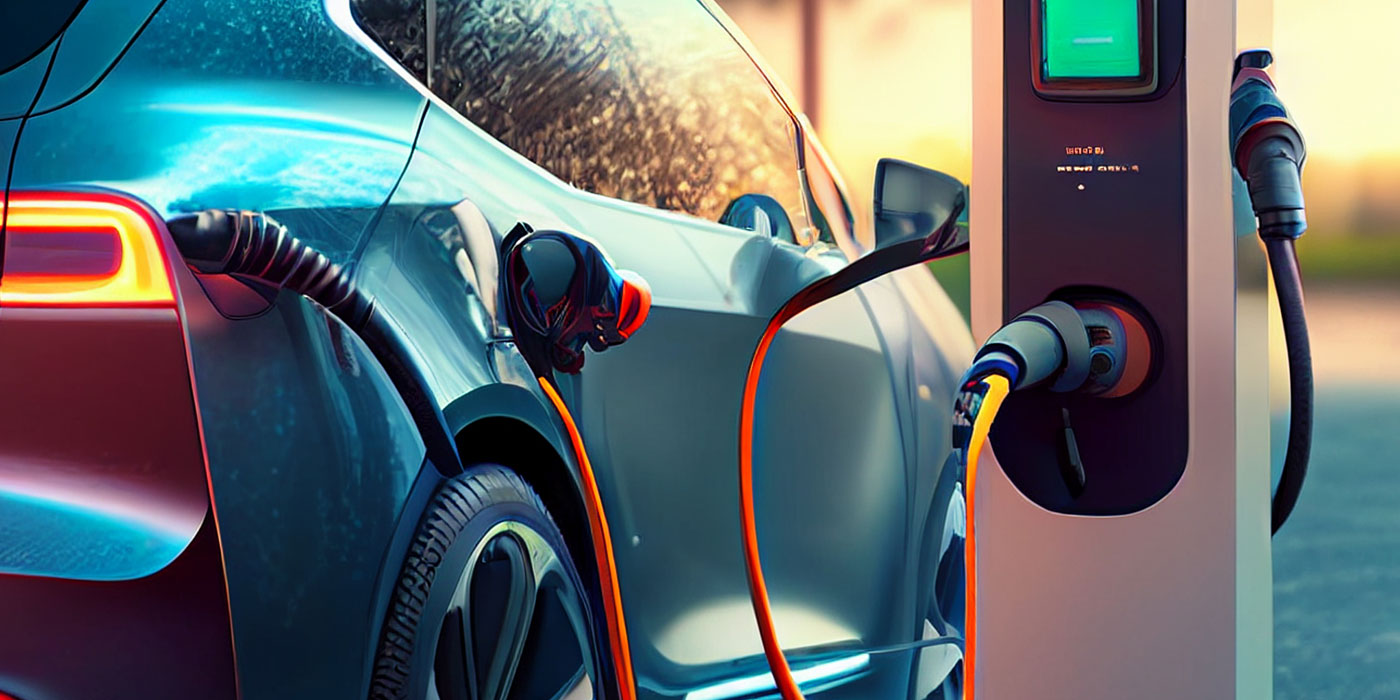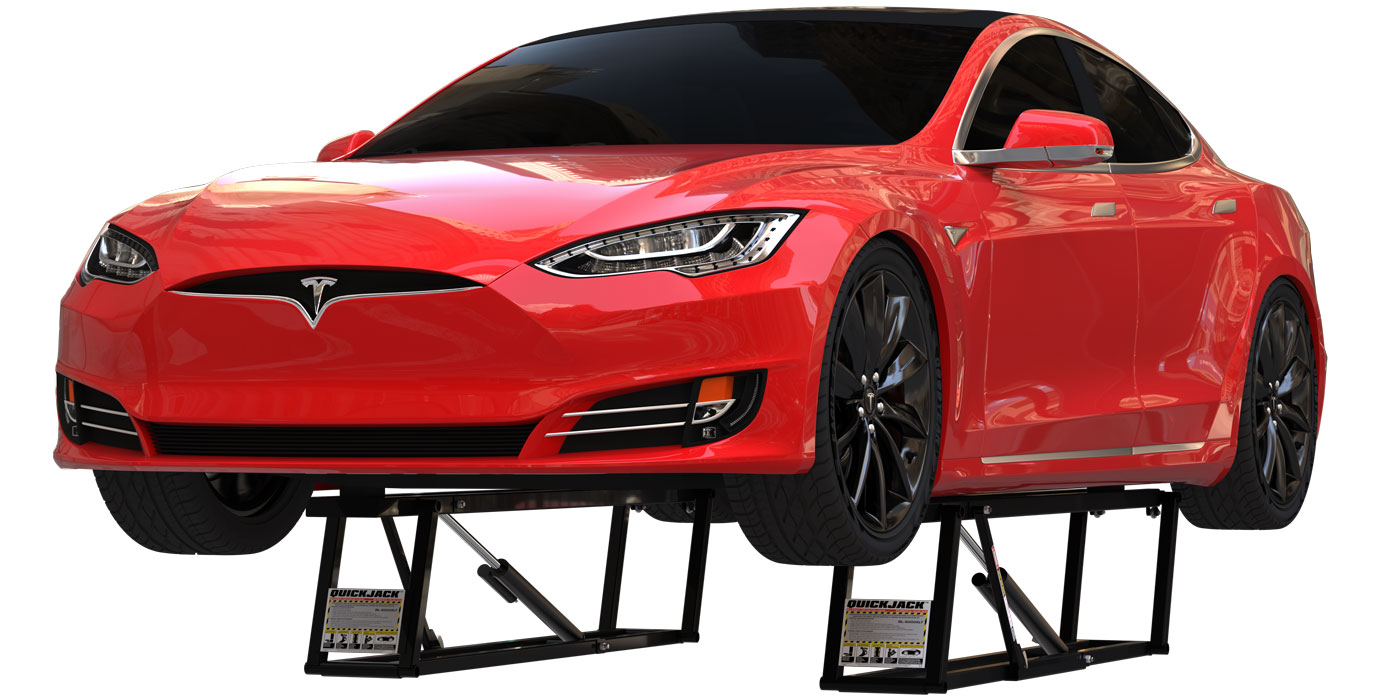According to research compiled by International Carwash Association (ICA), bay wash formats — in-bay automatics (IBA) and self-serves — consist of approximately 72% of all retail carwash locations in the U.S. That share of the pie is even higher in Europe and Australia — where IBAs and self-serve locations comprise 88% and 97% of total locations respectively, notes ICA. But, while these formats aren’t new, what’s happening in and around these bays is changing with the times.
Why are these formats needing to change? Simply put, although conveyor locations are still in the minority, competition and new locations in that segment are spreading across the country, and the need for speed and convenience are omnipresent in many customers’ minds.
How can IBA and self-serve operators compete against contactless carwash purchasing, free vacuums and all the show elements present in a tunnel? Outside of free vacuums, bay operators should follow suit.
“New technologies are driving IBA and self-serve washes into the next decade,” Jim Waterman, National Carwash Solutions’ business development manager, remarks, adding that antiquated washes struggle to remain competitive if they’re not embracing and employing new technologies.
In this article, we’ll review some new and proven strategies IBA and self-serve operators can leverage to remain competitive.
As proven as the day is long
In order to understand the longevity and success of IBA and self-serve models, one needs to peel back a few layers. Why do IBAs and self-serves outnumber conveyors in the regions mentioned earlier? One major reason is that these formats are an easy entry for investors and easier to scale at gas stations, c-stores, etc. Considering that a new-build express exterior carwash might cost upwards of $5 million and more these days, IBAs and self-serves are a considerably more cost-effective option.
However, without customers, these businesses aren’t much of a business.
Gary Baright, co-owner of Foam & Wash Car Wash in Hudson Valley, New York, has operated a self-serve location for over 35 years. Currently, Baright operates eight self-serves with IBAs as well as five conveyor locations. Baright calls the self-serve wash option “more personal” for the customer, as it offers the operator an opportunity to connect with customers, since they get out to wash their vehicles themselves.
“Remember who your customer is,” states Waterman. “They are a DIY (do it yourself) type customer and not a DFM (do it for me). Market to the after-hours patrons — the DIYs — and make your wash clean and comfortable for them to spend time in.”
IBA and self-serve operators must realize that while conveyors can be considered competition, many customers prefer bay formats, and these operators should leverage this preference through strategic marketing. However, remember that just like in tunnels, customer experience is everything when it comes to retaining or losing their loyalty. Baright’s advice: Don’t have short arms and deep pockets.
“Here is the problem with many self-serve operators: Many of them are just so damn cheap,” reveals Baright. “They won’t spend any money [reinvesting in the wash], and then they want to know why business drops.”
Later, we’ll look at ways to invest back in your business, including strategies to increase throughput and upsell. First though, another insider offers more reasoning behind a customer’s preference for bay washing.
“One of the benefits of an IBA is that the customer associates that little extra time in the bay versus a tunnel with a better quality wash,” asserts Larry McCarty, vice president of sales for Mark VII Equipment Inc.
This, of course, presents a double-edged sword, since operators must first be able to stand behind and live up to quality results and then deliver these results consistently.
Bay care
At a minimum, IBA and self-serve locations must deliver wash quality in order to effectively compete. Customers have more carwash options than ever before, so customer experience matters. That experience includes but is not limited to: reasonable wait times (more on that topic later), strength of customer service, quality wash results, a safe and inviting environment to visit and an attentive operator and/or staff.
Lack of soap or water pressure; malodorous bays; faded signage; dirty walls, floors and ceilings; poorly performing vacs; overflowing trash cans; and anything that you wouldn’t want to see when you take your family to a restaurant or another retail location can result in loss of business.
Consider updating your signage; incorporating LEDs; upgrading your payment options; investing in landscaping and wash equipment, such as modern brushes; adding easy-to-clean wall panels; installing modern vacuum booms; and connecting with other IBA and self-serve operators to learn what they’re doing right.
“Customers notice that next level of commitment by the business owner,” says Baright, “and they don’t mind spending their hard-earned money at your business when they see it’s being operated properly.”
Baright also advises his bay format counterparts to stop counting cars and start counting ticket averages.
Upsell services, such as hot wax, dryers, tire shine and vacuums, can add to the customer experience and help make operators’ pockets deeper. Again, Baright says that offering extra services shouldn’t command a thrifty approach. “Hot wax is a must, but don’t chince out on it,” he advises. “Market [hot wax] appropriately, and then don’t be afraid to charge for it. In IBA and self-serve … the vehicle is in there for several minutes anyway, so why not maximize the dollars while it’s there?” Baright reveals that tire shine is included in his $20 top IBA package, and about one-third of customers currently purchase this package.
Waterman also mentions foam brushes, triple foam, undercarriage cleaning and ceramics as “today’s hot ticket items.” “Ceramics are quickly developing a cult-like following on Yelp and Google reviews. They are a great package-based upsell or even better as an à la carte option. What is great about these
is they work unbelievably well, and they can be added to both IBA or self-serve,” he notes.The customer experience leading up to the wash shouldn’t be minimized either. The experts recommend employing new technologies in payment processing, including RFID, advanced point-of-sale (POS) systems and mobile payment compatibility as examples.
“Payment systems and their capabilities are paramount to keeping up. Don’t forget about support equipment either. Newer, more-efficient water treatment capabilities as well as new technologies for less consumption of electricity and gas or propane can really help the bottom line. Technology continues to evolve and set new standards for how washes operate. If you ‘set it and forget it,’ you could be left behind,” warns Waterman.
Free-standing tire shiners and LED foam shows can also create a positive experience for customers. Adding colorful soaps with great scents as well as hand-held dryers in self-serve locations can make a difference in ticket averages and repeat business. Still, don’t forget to deliver value statements along the way.
According to McCarty, consumers are looking for a great value against the price, and IBAs deliver a great value as long as they’re providing effective soap application; quality wash processes; and clean, dry and shiny results.
Bay watch
Quality IBA and self-serve operators put themselves in their customers’ shoes by visiting the competition as well as their own sites to see and feel what the customer is experiencing. Subpar wash results are bad enough, but when people are waiting 20 minutes or longer to get ripped off, it’s a situation that can infuriate today’s on-the-go, online-review-sharing customers.
Especially when competing against an express exterior, improving throughput should be high on your priority list as an IBA or self-serve operator. Updating and upgrading payment terminals and processes with new technologies is a win for customer experience and also a victory for throughput.
“The operator should stand outside the bay with a stopwatch and watch flow,” recommends McCarty. “Time every package, and then get with your service tech. There are some options in the wash process that can be doubled up, such as presoak and tire cleaner. This will eliminate a pass and save time.”
Examining all phases of the wash and consulting with a service tech or equipment manufacturer can also lead to decisions on whether you need to speed up or slow down certain applications. Fine-tuning your wash regularly can help throughput while not sacrificing results. Flow is also contingent on site design, so it’s important to allow for spacious stacking and turning radiuses. Bays can now also be designed to maximize throughput.
“One of the biggest enhancements that I’ve seen that can help an IBA increase throughput is having free-standing dryers. For most IBAs that have an onboard dryer, you’re probably looking at about one minute, 45 seconds to two minutes added to the wash process. With free-standing dryers, that time is reduced to about one minute,” says McCarty.
McCarty adds that remote monitoring and studying the analytics now available are also helping bay operators stay ahead of the curve.
Baright’s larger IBA sites offer a case study in improving throughput with strategic dryer placement. He notes that his larger IBA sites are twice as long as a traditional IBA. Customers wash in one bay, a door opens, and they enter the next bay for drying while the next car in line enters the first bay.
“It’s really a game-changer. With IBAs, there is only a certain number of vehicles that you can wash per day, but if you can increase that by 50%, it makes a huge difference,” asserts Baright, who adds that this approach has helped strengthen his bottom line as well. “We’re averaging well above $13 a car in our IBAs, which is more than we average at our tunnels.”
Dawning of a new bay
The benefits of wash club programs have been well documented in this publication and on Carwash.com. Although he understands why his bay counterparts do it, Baright, like others, currently does not offer an unlimited wash club at his IBA and self-serve locations, citing concerns of congestion, losing higher-paying-per-visit customers and a reduction in overall lower ticket averages. Alternative marketing and loyalty strategies include offering discounts for prepaid washes, discount codes and tokens, and regular specials.
Others in the industry, however, do recommend subscription-based models — including unlimited — for IBAs and self-serves. “Any time you have a subscription-based membership program, it really pays off, because it provides a steady level of income each month, and it conveys value to the customer that they are saving money — it’s a win-win,” explains McCarty.
If your wash is considering this route, management and efficiency of the program(s) is paramount. Sign-up, renewal, managing the account (such as changing payment methods) and cancellation must be easy. If you’re not going to commit the time and effort to do membership right, experts say don’t bother doing it at all.
“With app-based technologies and new web-based plans accessible by smartphones for sign-ups, payment and renewing customers, transacting has become much easier. No longer is waiting for RFID tags in the mail or meeting an attendant on-site the only way to sign members up instantly. Ensure you are using the latest technologies and that the pay station [or POS system] is prompting clients along the transaction,” educates Waterman.
Regardless of the wash segment and changing customer buying habits, all carwashes must deliver quality at a value. And, when the time comes to reinvest, update and upgrade your business and its site, IBA and self-serve operators must make sure the financial resources are within reach and ready to deploy without hesitation.

